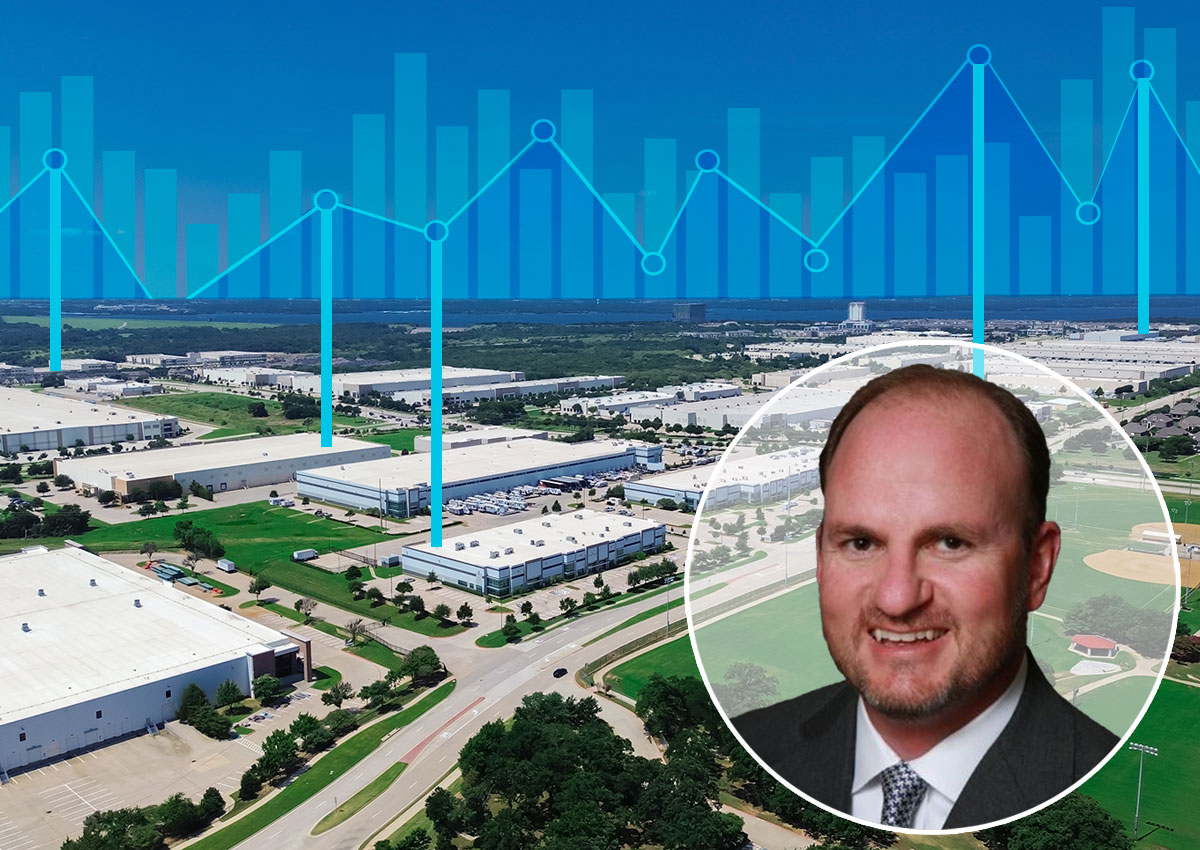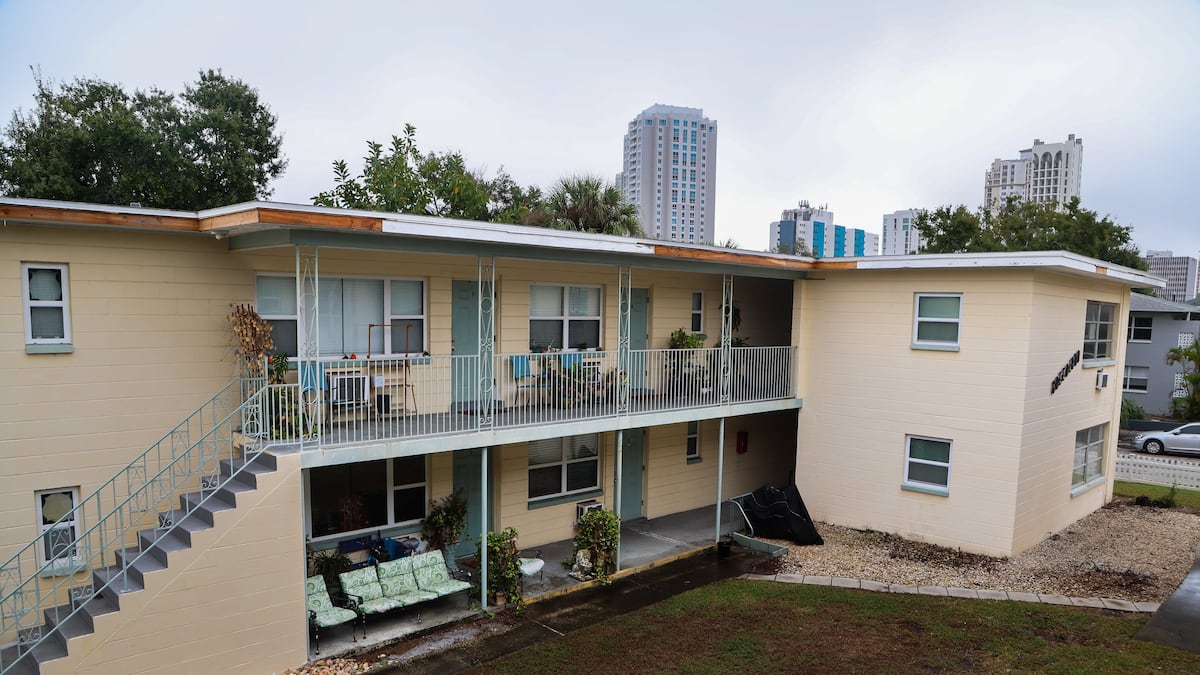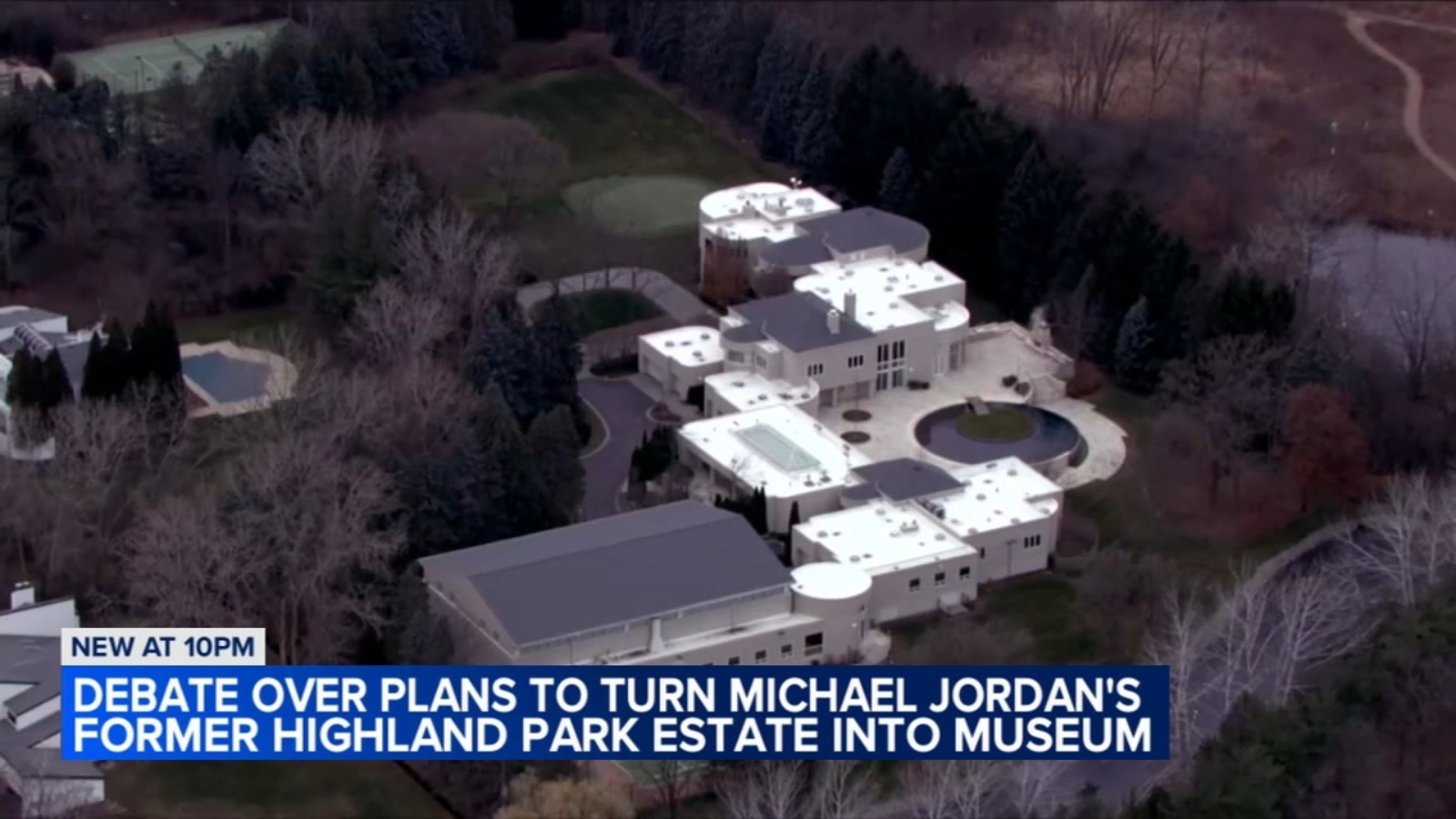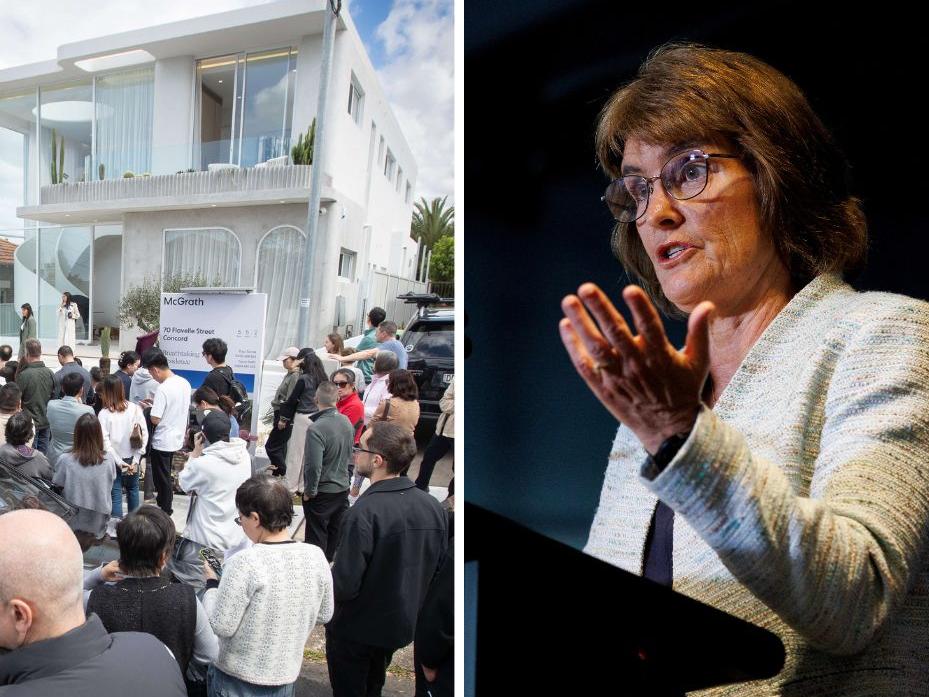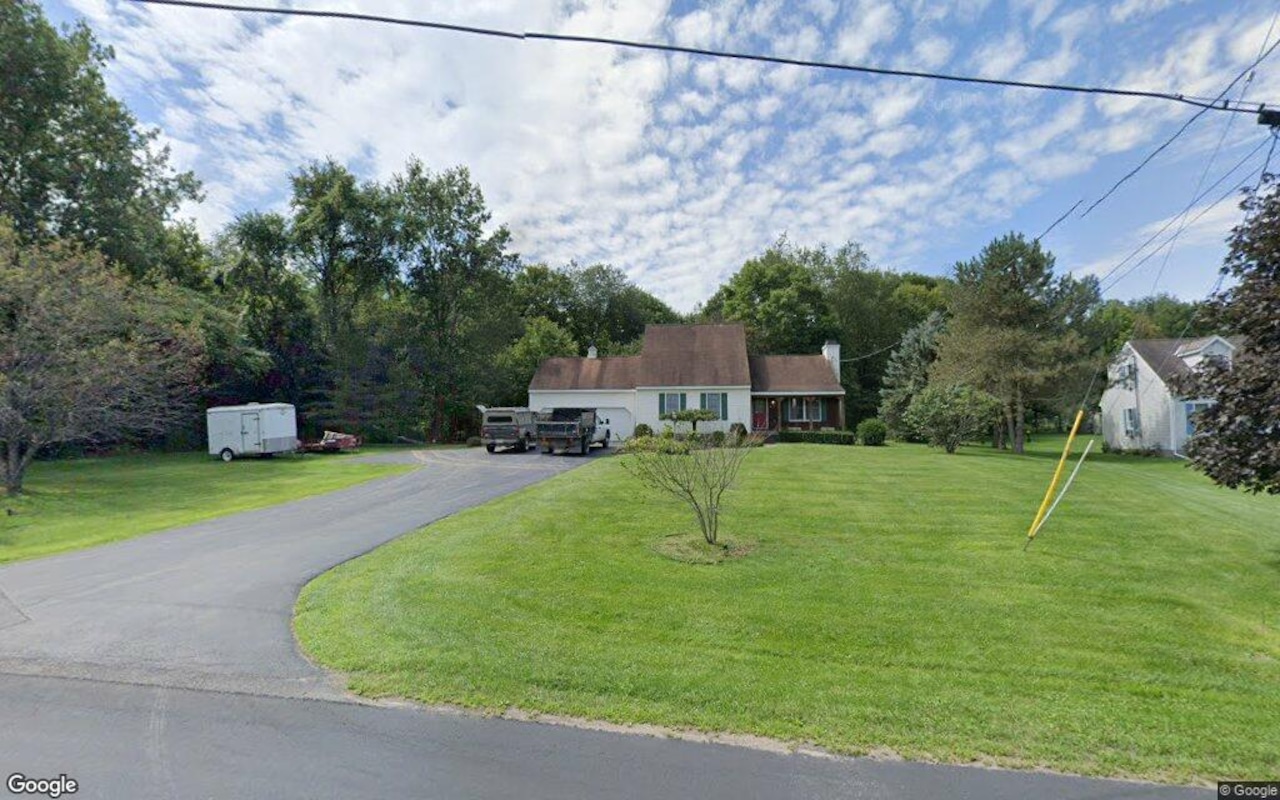D
allas-Fort Worth's industrial market is grappling with a surge in vacancy rates, driven by a wave of deliveries that outpaced leasing activity. The vacancy rate has climbed to 11 percent in the third quarter, surpassing its long-term average of 8.3 percent. This increase is largely attributed to the rapid development from 2022 onward, which created an oversupply of industrial space.
Recent projects are particularly affected, with a 32 percent vacancy rate among developments completed in the past two years. However, leasing activity has remained steady, with net absorption reaching 17.9 million square feet in the first three quarters, exceeding the region's long-term average.
According to Avison Young, the slowdown in construction activity will help alleviate the vacancy issue, allowing new product to lease up and drive down vacancy rates through 2025. Despite the elevated vacancy rate, Dallas-Fort Worth remains a prime location for logistics and distribution due to its affordability and connectivity.
The region's industrial sector is one of the most affordable in the nation, with average rents plateauing at $7.85 per square foot, compared to other logistics hubs where rents can reach up to $16 per square foot. As developers adjust to market conditions, they will focus on attracting tenants to existing space and filling vacancies in recent developments, leveraging the region's multimodal infrastructure and affordability as key selling points.
